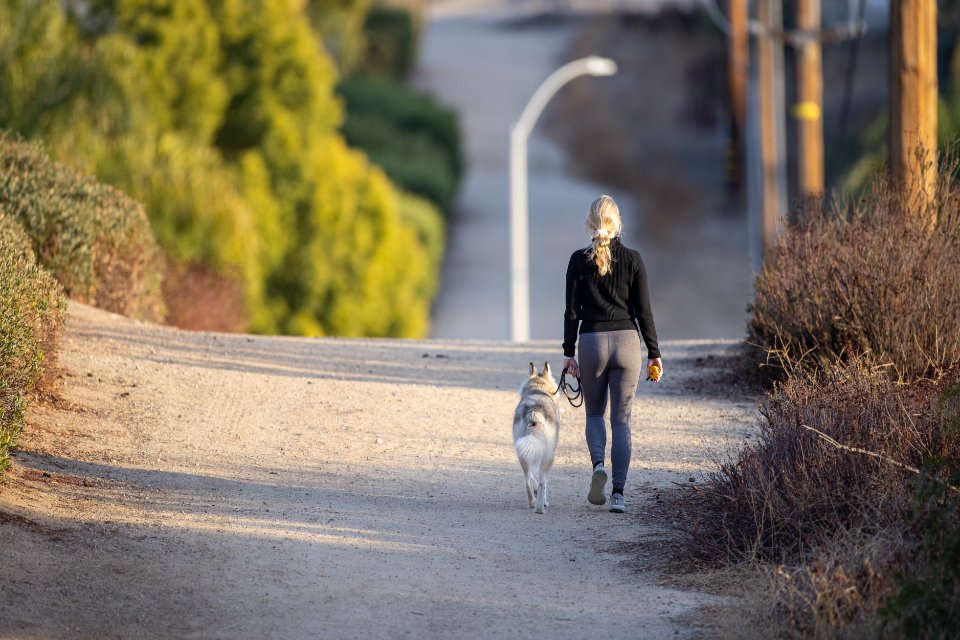Ever watched a dog leap joyfully onto a stranger or snatch food off the kitchen counter in a blink? It’s funny—until it’s not. Setting clear boundaries with your dog isn’t about squashing their spirit; it’s about creating a world where both of you feel safe, understood, and connected. Imagine a life with fewer messes, less stress, and more tail wags—because your dog knows what’s expected and you’re both on the same page.
The Heart of Boundaries: Safety First

Boundaries aren’t just rules—they’re a lifeline. When a dog knows not to dart out the door or run into the street, you’re protecting them from real dangers. Teaching “wait” or “stay” might seem simple, but it can save a life in unpredictable moments.
In homes with children or busy neighborhoods, boundaries help prevent accidents. Dogs who understand limits are less likely to jump on guests or nip during play, which keeps everyone—two-legged and four-legged—feeling secure and relaxed.
Building Trust Through Consistency

Dogs thrive on predictability. When you consistently reinforce boundaries, your dog learns they can trust you to guide them. This trust grows each time you react calmly and clearly when they push limits.
A dog unsure of what’s allowed can become anxious or even rebellious. With steady, gentle reminders, you’re showing your dog you’re a reliable leader, which helps them feel confident and safe in their place within your family pack.
Preventing Unwanted Behaviors Early

Ever had a dog that chews shoes or barks at every leaf outside? Many “bad” habits start with unclear boundaries. Setting limits early means fewer headaches (and chewed-up sneakers) down the road.
Don’t wait until your dog jumps on the counter to set the rule. Use cues like “off” or “leave it” from day one, and reward good choices—before chaos erupts. Prevention is always easier than correction.
Making Social Situations a Breeze

Taking your dog to the park or a friend’s house should be fun, not stressful. Dogs with clear boundaries are less likely to overwhelm guests, chase after bikes, or steal sandwiches at the picnic table.
Practice polite greetings, calm leash walking, and respecting personal space. These boundaries mean more invitations for outings and a reputation as the “well-behaved” dog parent among your friends.
Health Benefits You Might Not Expect

Did you know boundaries can improve your dog’s health? Dogs who respect limits are less likely to ingest dangerous foods, destroy toys, or develop anxiety-based issues like obsessive licking.
Setting boundaries around things like food access or playtime teaches your dog self-control, which translates into a calmer mind and healthier body. It’s like teaching a child not to eat candy for breakfast—sometimes love means saying no.
Reading Your Dog’s Cues (and Your Own)

Our dogs talk to us all the time—through body language, barks, and even sighs. Teaching boundaries helps you tune into these signals. Is your dog staring at the door, whining, or pawing when you sit down? They might be testing a boundary or asking for attention.
Pay attention to changes in your dog’s behavior, like sudden withdrawal or hyperactivity. These can signal confusion or stress about boundaries. When you respond with empathy and clarity, you’re deepening your bond and supporting their emotional health.
Setting Boundaries Without Harshness

Boundaries aren’t about punishment—they’re about guidance. Using positive reinforcement, like treats or praise, helps your dog understand what you want without fear. If your dog crosses a line, redirect gently and reward when they get it right.
Think of it like teaching a child to look both ways before crossing the street. Patience, kindness, and repetition work wonders. Remember, even older dogs can learn new rules with the right approach.
Real-Life Wins: Stories from Everyday Life

A friend’s rescue pup used to bark wildly at delivery drivers. With clear boundaries and rewards for quiet behavior, now the dog sits calmly by the window, tail wagging, when a package arrives. It took time, but the change brought peace to everyone.
Or consider the dog who used to beg at the table. With a firm “go to your bed” cue and a cozy spot nearby, mealtimes became a pleasure again. Little victories like these add up, making life smoother and more joyful for both dog and human.






